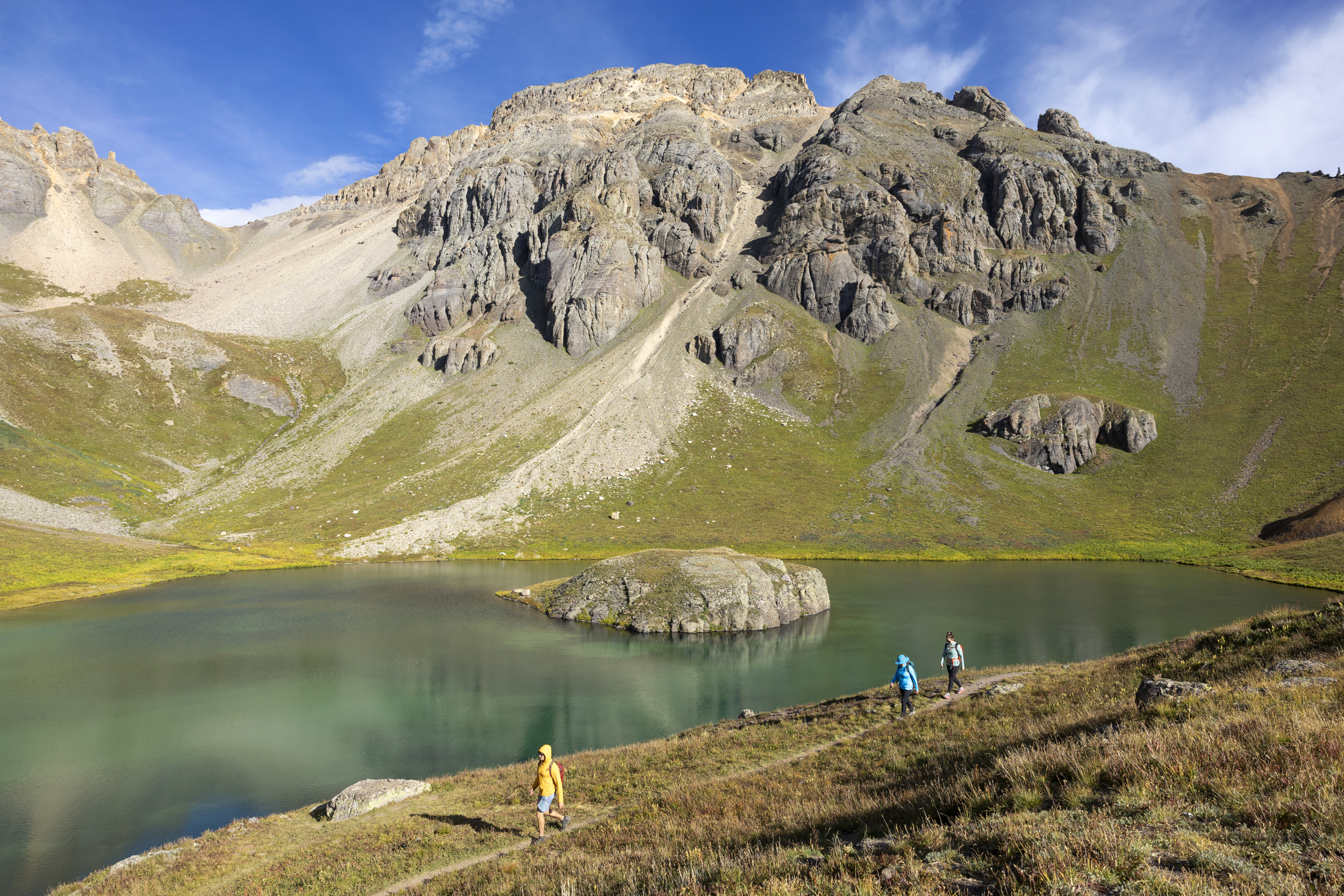In a surprising turn of events, Colorado’s roadless rule appears to be safe from the sweeping changes proposed by the Trump administration. While the federal government announced plans to open up 59 million acres of roadless areas in Western states to potential development, Colorado seems to be exempt. This is due to a unique agreement negotiated between the state and the U.S. Forest Service years ago. Is this really a victory for conservation, or are there more challenges ahead?
This article will delve into the details of this agreement, the assurances given by the U.S. Secretary of Agriculture, and the reactions from environmental groups. We’ll also explore the specific protections afforded to Colorado’s roadless areas and what this means for the future of conservation in the state.
Colorado’s Unique Roadless Rule Agreement
Colorado’s roadless rule is not a recent development. It was born out of extensive statewide stakeholder meetings in the early 2000s. The state negotiated a separate agreement with the U.S. Forest Service, which was eventually approved by federal authorities in 2012 under the Obama administration.
This agreement sets Colorado apart from other states. It allows for specific state rules tailored to the unique needs and concerns of the region. Unlike the blanket approach of the federal roadless rule, Colorado’s version takes into account local conditions and priorities. This has proven crucial in the face of recent federal actions.
“At the Western Governors’ Association this week Governor Polis confirmed with Secretary Rollins directly that the USDA Secretary’s announcement will not impact the Colorado Roadless Rule, and that the Colorado Roadless Rule will remain intact,” Polis spokesperson Shelby Wieman said.
Federal Assurances and Confirmation
The news that Colorado’s roadless rule would remain intact came directly from Agriculture Secretary Brooke Rollins. During a Western Governors Association meeting in New Mexico, Rollins stated that the Trump administration’s announcement would not apply to Colorado. This assurance was later confirmed by a USDA spokesperson in Washington, D.C.
According to the USDA, the Colorado state-specific roadless rule was part of the Administrative Procedures Act petitions and will not be affected by rescinding the 2001 Roadless Rule. This provides a level of certainty for Colorado’s protected areas. However, some advocacy groups remain cautious.
Environmental Groups’ Cautious Optimism
While the news was generally well-received by Colorado environmental groups, there is a sense of cautious optimism. These groups, initially upset by the roadless recision, are heartened by the possibility that millions of acres with hard-fought protections could stay out of bounds to development. However, they want to see it in writing.
Advocacy groups are seeking a transcript of any conversation between Polis and Rollins at the governor’s meeting to better understand how and why Colorado will be carved out of the roadless decision. Joshua Hicks, director of conservation campaigns for The Wilderness Society, expressed skepticism, stating, “Even if that’s what the Trump administration is saying, that doesn’t mean that’s what they’ll do. They’re not necessarily known for being straight, transparent or sticking to their word.”
Key Points of the Colorado Roadless Rule
The Colorado roadless rule has several key provisions that distinguish it from the federal rule. One significant factor is that the early 2000s negotiations allowed for “tree cutting and temporary road building near communities to reduce fire hazards” on 3 million of the 4.2 million roadless acres, according to a Wilderness Society fact sheet.
Other key points include:
- 1.2 million acres of roadless area are designated “upper tier,” meaning they are especially precious territory and allow fewer exceptions for logging or roadbuilding even to accommodate existing oil and gas leases or highway projects.
- 8,300 acres of the Colorado roadless areas receive no protection, as they are designated for potential ski area expansion and development.
- Temporary coal mining access roads are allowed on 19,100 roadless acres in the North Fork area of the Gunnison National Forest, near Colorado’s largest remaining coal mine at West Elk.
The Importance of Roadless Areas
Roadless areas are vital for a variety of reasons. They provide essential habitat for wildlife, protect watersheds, and offer opportunities for recreation. Outdoors advocates ranging from the Sierra Club to hunting and fishing groups have long defended roadless designations.
The Wilderness Society says roadless areas, which often adjoin official wilderness areas or national parks, can “form larger, more well-connected blocks of unfragmented habitat,” as well as corridors for wildlife migration and foraging. These areas play a crucial role in maintaining biodiversity and ecological balance.
History of the Roadless Rule
The Forest Service undertook multiple studies of roadless areas for possible wilderness designation beginning in the early 1970s. In January 2001, at the end of the second Clinton administration, the Roadless Area Conservation Rule took effect, including 58.5 million acres nationally and 4.4 million acres in Colorado, according to the Forest Service.
After more challenges, a state petitions system was set up in 2005 to allow some states to develop their own roadless definitions and exemptions and seek approval from the Forest Service. Colorado’s legislature created a task force that submitted petitions and revisions through 2010, winning final approval in 2012.
Looking Ahead
While Colorado may enjoy continuing protections, it’s important to remember that the situation is not entirely secure. The assurances from the Trump administration need to be solidified in writing to ensure long-term protection. Additionally, state wildland lovers should look out for their neighbors, as the stripping of roadless area protections across the rest of the country will still have far-reaching ramifications.
The future of Colorado’s roadless areas depends on continued vigilance and advocacy. By staying informed and engaged, we can help ensure that these precious landscapes are protected for generations to come.

Leave a Reply